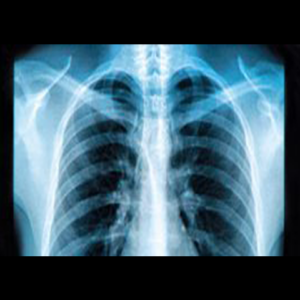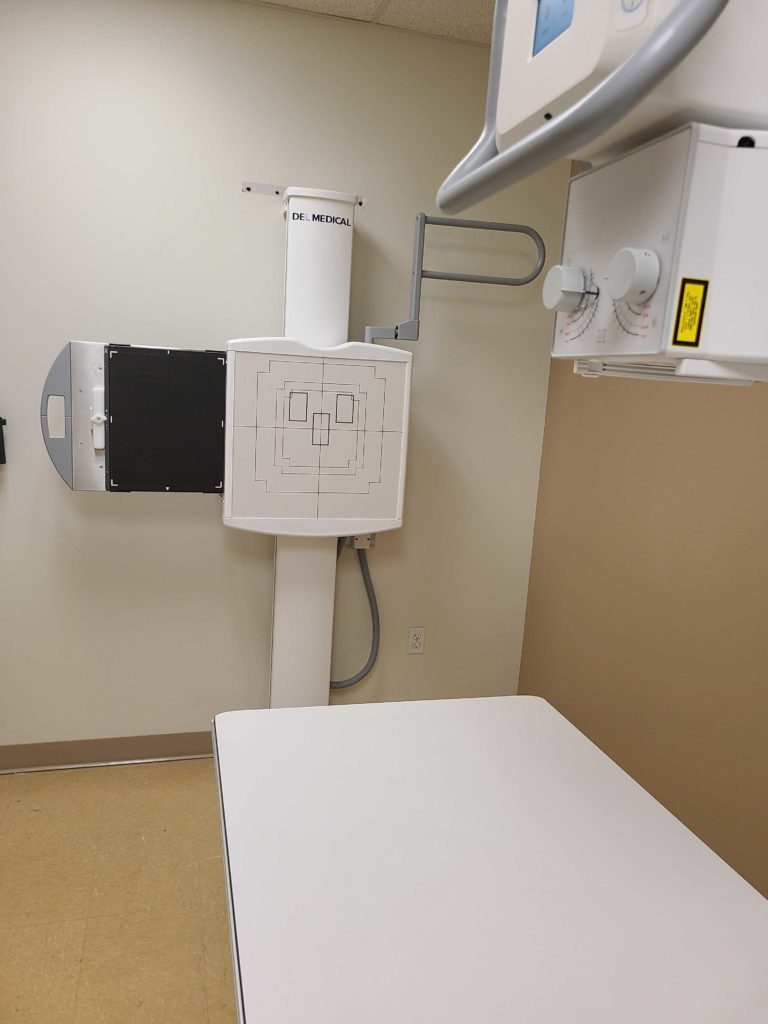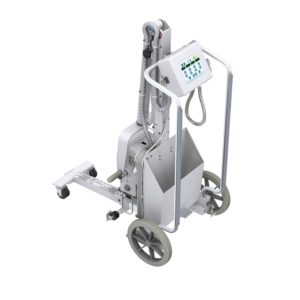

The Different Types of X-Ray Equipment – What Are Each Used For

X – rays are a type of radiation called electromagnetic waves. In medicine, X-rays are used to diagnose and treatment of diseases. When the X-rays pass through our body, it almost passes through all the organs completely. The varying rate at which it gets absorbed in the different organs forms an image when a photographic film is placed at the other end. X-rays are usually completely absorbed by the bones. Hence they appear white in the photographic film. This varying degree of absorption is due to the elements of different atomic weights present in the organs. This phenomenon provides various degrees of usage for medical X-ray equipment.
X-Ray Radiography:
It is the most commonly used application of medical X-ray equipment. X-ray radiography is the most straightforward procedure done by making the patient lie or stand and allowing X-rays to pass through the specific part of the body that needs to be imaged.
This method allows the detection of bone fractures, tumors, other abnormal masses, foreign objects, etc. Even lung infections such as pneumonia can be diagnosed using this method. It is the most uncomplicated procedure of all.
Mammogram:
The mammogram’s usage is to examine breasts. It is beneficial in diagnosing cancerous growth at a very early stage or irregular lesions or tumors. A mammogram can diagnose microcalcifications as tiny white specks. It also indicates calcium build-up in the breasts that can be benign or cancerous.
CT(Computed Tomography):
A Computed Tomography(CT) is X-ray radiography combined with computer processing to generate a series of cross-sectional images. These cross-sectional images help doctors to view an organ in a three-dimensional way. It can help in a better understanding of the organ and the damage. It helps diagnose osteoporosis, bone injuries, spinal problems, and different types of cancers.
Catheter Angiography:
Catheter Angiography uses three tools to view the functioning of blood vessels – a catheter, an x-ray imaging guidance, and an injection of contrasting material(dye). The dye gives a visual representation of blood flowing through the blood vessels on the X-ray machine. It is used in diagnosing stroke, aneurysms, tumors, and arterial stenosis. The advantage of this method is that it can be used for both diagnosis and treatment.
Therapy:
Medical X-rays are also used for radiation therapy in cancer. Increasing the concentration of X-rays helps destroy targeted cancer cells by damaging their DNA.
Risks:
There are certain risks associated with prolonged exposure to X-rays. It can damage the tissues and cells of our body as they produce ionizing radiation. Usually, adults don’t pose much of a risk. But children have a relatively higher risk of developing cancer as they are sensitive to ionizing radiation.
Conclusion:
The potential risks of medical X-rays are minimalistic compared to their wide range of uses. It can diagnose life-threatening diseases early, such as tumors, blocked arteries, cancers, and stroke. Medical X-ray equipment is getting advanced with further research to reduce the radiation dosage and produce better image resolution.



